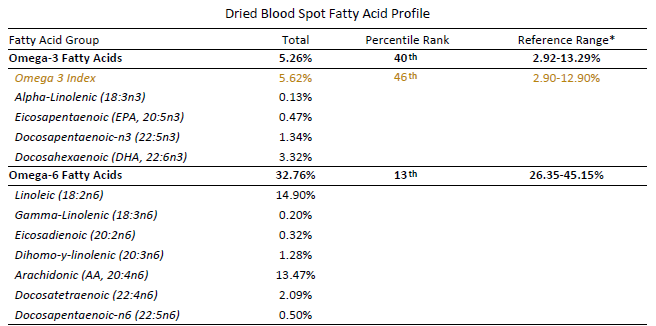When I was using Twitter, I followed a woman who was able to get a very good O3/O6 ratio by eating grass-fed (only) animals. No fish.
Personally, I go through phases with fish. I have found fish to be not that filling, for instance, for Lent. I had to switch to eggs. (I like to fast until dinner for Lent, but the past two times, my workout schedule was such that I was working out Friday morning, and I can’t make it until dinner; had to eat “lunch”.)
I also find high O3 content can make me feel – weird. It’s like Vitamin C – I feel strange when I take it.
I think that instead of viewing this through the lens of omega 3 content, you could view this SOLELY through the lens of nutrition. If you rotate foods, you have a much higher chance of getting better nutrition. Take a look at zinc, for instance:
Sure, beef has zinc in it, but it’s blown away by oysters. Shrimp, mussels, different varieties of fish, all likely have different nutrition profiles from ruminants.
So, it could be nutrition and not omega 3s.
You’d need to do a well-run study where you measure the O3s in ruminant meat, have a group eat that and achieve a certain O3/O6 level, while at the same time have others eat ruminants + seafood to get the same level. Though, I’m not sure what metric you’d use to see which was “better”.
Personally, I also wonder how relevant the O3/O6 ratio is for carnivores, keto, or low carb folk. All the evidence is based on high carb. I’m about to get my second O3/O6 test done. The last one, I had high O6 (odd, considering that I try to eat near zero O6, so perhaps I was burning O6?), and a poor O3. It’ll be interesting to see what happens this time.

Now, this was when I was eating a very high saturated fat diet, 97th percentile of saturated fat in my blood:

I also was not eating much fish. And still don’t. But perhaps a high saturated fat diet was causing PUFAs in my fat to be replaced by saturated fat? Since I’m eating a “normal” diet (not concentrating on high saturated fat), perhaps my O6 will lower, meaning that my O3/O6 ratio will get better? I don’t know. I’ll find out.



